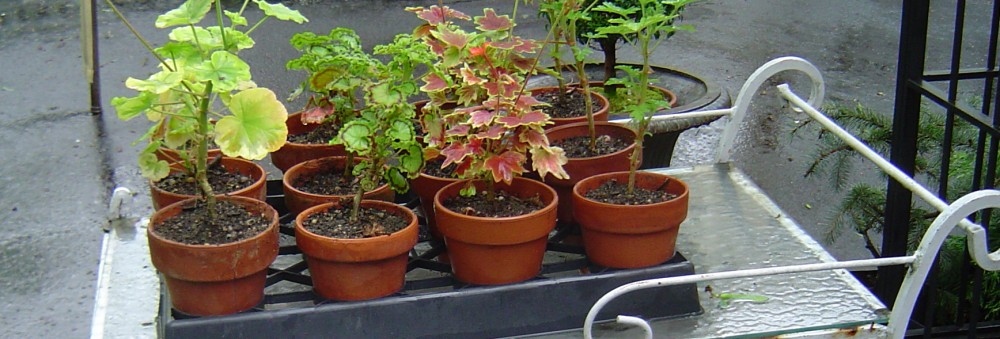“ Screen time” is a hot button issue. As adults, we’re all guilty of wasting ( yes, I said wasting ) far too much time on our digital devices. And being an adult, means we should know better and do better. The choice is simple – get away from whatever electronic devise you’ve developed an unseemly attachment to and do something useful, creative and meaningful instead.
But when it comes to our children, it’s become a true dilemma. I’m not going to elaborate into this because we’re all aware of the problem. There are enough data out there confirming that the young are exposed daily to far too much screen time. Recently, the American Association of Pediatrics put out new recommendations on this topic.
Recommendations are all very well but good, fun alternatives must be offered as well. New interests and hobbies are key. As parents/caregivers/teachers, it starts with setting a good examples ourselves. Needless to say, our own passions and pastimes serve the cause best. So, what are you doing with your time?
Given that outdoor activities are unanimously extolled as antidotes to boredom, stress, anger, poor physical and mental health, I am unsurprisingly making a solid case for children taking up gardening. It is instructive in responsibility and time-management, educational in the sciences, physically demanding, therapeutic, creative, useful and, best of all, hugely rewarding. Exposing a child to the powers and wonders of nature is perhaps one of the single most gratifying experiences. We’re putting at their disposal a toolbox for life-management. Something they can use consistently for the rest of their lives.
I’ve written previously about getting children involved in the garden and, it bears reaffirming the ways to do so. Here goes –
Give them a plot of their own. A patch in the sun, amended with compost ( another lesson to teach!) for a child to work on freely. If space is at a premium, a big planter or a raised bed on a terrace will do just fine. Here, a young one can learn all the lessons of tending a garden. And you, the adult will have no worries about other parts of the garden being accidentally dug up or trampled upon.
Give them the right tools. Not toy tools! Invest in a good set of gardening tools designed for small hands. The right size will make all the difference in both their morale and in their work. Toss in a small wheelbarrow as well!
Provide some early gratification. Patience is not a virtue found in children. Let them begin with quick growing crops like radishes, arugula and other salad leaves. From seed sowing to harvest, these will take about four weeks. Starting with young plants that will flower or fruit quickly are also good options. Let the child have a say in what they want to grow. They will be so proud to provide to the family table and flower vases. In time, they can have fun growing watermelon radish, purple carrots, zebra tomatoes, lemon cucumbers – stuff that is attractively different and not commonly found in the supermarket. Same with flowers – black pansies, green zinnias, giant sunflowers in colors of gaudy sunsets …
Offer extras. Build with them butterfly, bird and bug houses. Create butterfly gardens full of native wildflowers. Set up a birdbaths and bird-feeders. Permit specialization – they can develop collections of whatever plants they like most. From succulents to dahlias to tomatoes, a young gardener can become an expert on any particular plant. Give them bulbs to plant in the fall – their eager anticipation for the spring and sheer delight at observing the bulbs emerge and bloom will get them hooked to gardening. Even jaded teenagers will get weak-kneed at the sight of a bed of daffodils trumpeting open. Mark my words.
Let them grow further. Show them how to learn about what they see. Bird watching, butterfly spotting – identifying and creating an electronic log book could well give them lifelong hobbies to pursue. Show them how to take photos and/or make drawings, sketches or paintings of their gardens, the creatures that visit and finally, of their produce. Developing their creativity gives more meaning to their efforts in the garden.
Tie it all in. To show that you’re not being a Luddite or fuddy-duddy, encourage them to blog or vlog about their gardening life through the seasons. Posting on Instagram their own fabulous, homegrown flowers and vegetables will be exciting. After all, you want them to know that you aren’t anti-technology. You just want them to be well-balanced individuals. Just like you n/est pas?
Note: Exciting news! Mark your calendars! Get your tickets! Click here to find out!
There is still time to see the ‘Waterfront’ show in which I have a painting. Don’t miss the views of the city from the windows there!
Here are some photos taken over the years –
(c) 2018 Shobha Vanchiswar
[do_widget “Blog Subscriptions (Jetpack)”]





























































































































